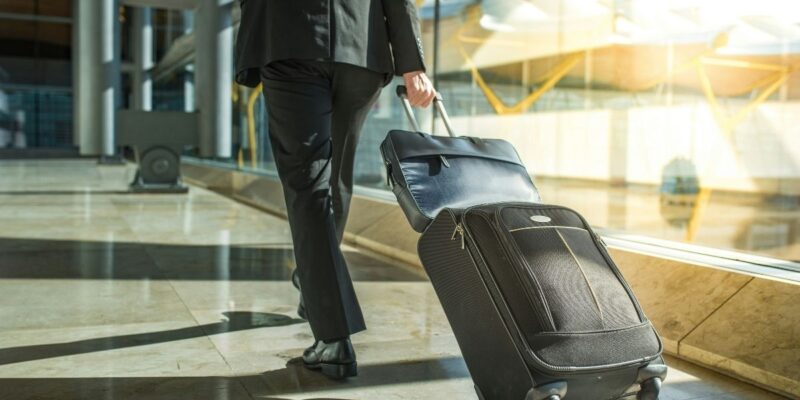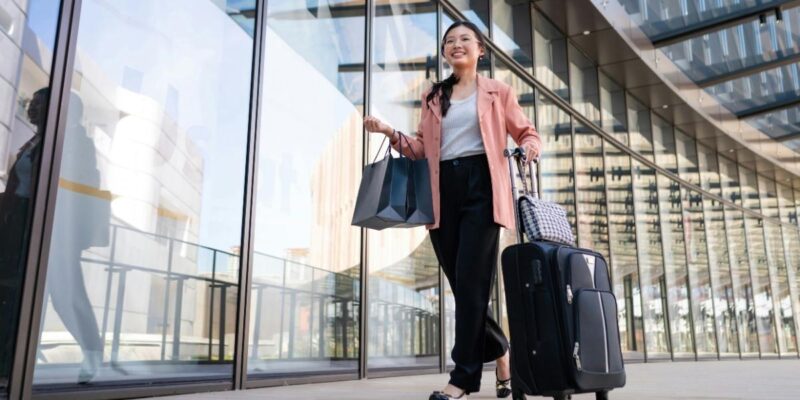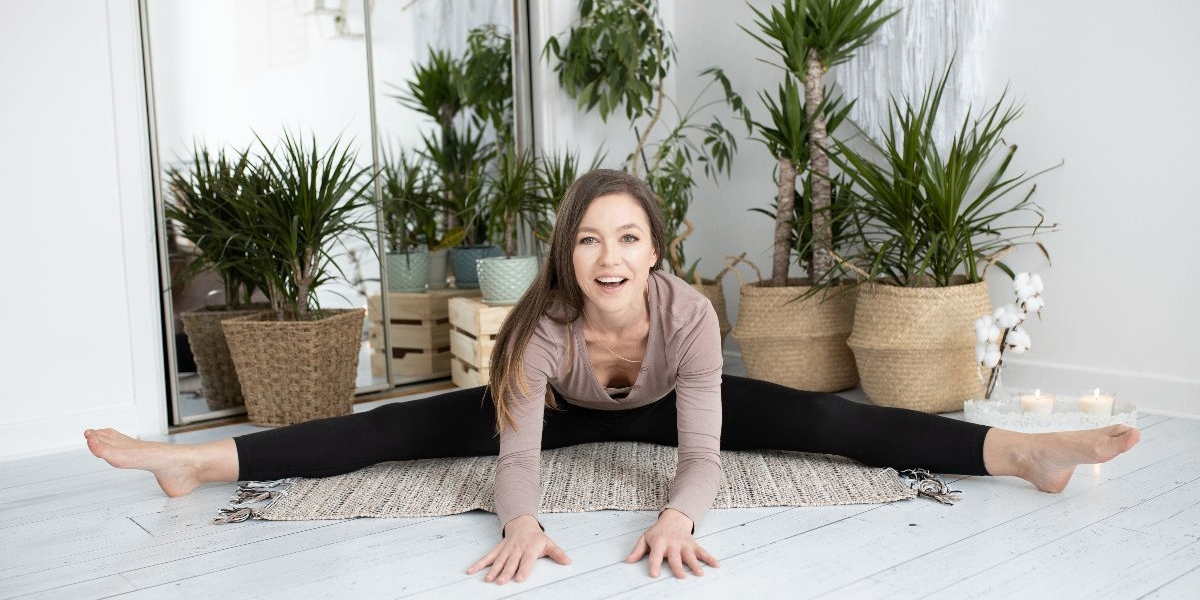Checked baggage fees have become a frustrating part of air travel, especially for those flying on budget carriers. Airlines often charge for any checked bag, and in many cases, for overhead carry-ons as well. These fees can add up quickly, often exceeding the cost of the flight itself. Packing light isn’t just about saving money; it’s about moving through airports more efficiently, avoiding lost luggage, and traveling with less stress. With a bit of planning and a smarter approach to essentials, it’s possible to avoid those extra charges entirely.
Read also: Flight Delays and How Travel Insurance Can Help
What type of bag helps avoid baggage fees?
Most airlines allow one personal item free of charge. This typically refers to a backpack, small duffel, or tote that fits under the seat. The key is choosing a soft-sided bag with flexible structure and dimensions that meet the airline’s personal item requirements. Hard-shell suitcases or structured bags often push size limits and can trigger additional charges.
Expandable designs, lightweight materials, and multiple compartments make a big difference. Soft-sided backpacks with compression straps allow more to fit while still conforming to tight size checks. Some travelers choose convertible daypacks that don’t look like luggage but still carry a full weekend’s worth of gear.
How can clothing choices reduce packing volume?

Packing light starts with the right clothing strategy. Versatile, compact pieces that serve multiple purposes make a noticeable difference. Lightweight fabrics such as merino wool or moisture-wicking synthetics offer warmth or coolness while taking up less space than bulky cotton. Neutral colors and simple designs allow for easy mixing and matching, reducing the need for variety.
Layering plays a critical role. Instead of packing a bulky coat, combining a light jacket with a sweatshirt can provide similar warmth with less space. Clothing that can transition from day to evening or from casual to slightly more formal settings minimizes the total number of items needed.
Shoes are the bulkiest items in most bags. Limiting footwear to one pair worn and one packed, ideally something that covers walking, dining, and casual wear, can free up half a bag’s worth of room. Packing shoes toe-to-heel and stuffing them with socks or accessories maximizes every inch.
Which packing methods actually save space?
The way items are packed often matters as much as the items themselves. Rolling clothes instead of folding them reduces creases and frees up space. For some fabrics, bundle wrapping, where items are layered around a central core, can compress bulk further. Compression cubes or vacuum-sealed bags help squeeze air out of clothing, allowing more to fit in the same amount of space, though these may add weight.
Packing in categories rather than by outfit often helps cut down on excess. For instance, rather than three complete outfits, packing three tops and two bottoms creates six combinations. Toiletries should be kept minimal, ideally in solid or powder form to reduce liquid volume and avoid TSA complications.
One set of basic essentials, small enough to fit in a sandwich bag, often covers hygiene for several days. Toothpowder, bar shampoo, solid deodorant, and a reusable razor take up less space than liquid versions and are less likely to leak. Hotels and hosts often provide items like towels or soap, so carrying them isn’t always necessary.
What’s worth leaving behind to avoid extra fees?
Avoiding baggage charges often comes down to choices. Electronics, books, and other non-essentials quickly tip a bag into overweight territory. Carrying multiple devices, chargers, or heavy hardbacks can turn a small bag into a burden. Digital alternatives like downloaded eBooks or combining work and entertainment on a single device can streamline electronics needs.
Bulky jackets, full-size toiletries, and extra pairs of jeans are common space-wasters. One warm layer worn in transit can take the place of packing a coat. Multipurpose items, like a sarong that works as a towel, scarf, or blanket, reduce the number of single-use items in a bag.
Gifts, souvenirs, and “just-in-case” items are frequent culprits in overpacking. It’s rarely necessary to pack for every possible scenario. Access to stores, laundromats, and even lost-and-found bins at hotels or hostels make it easier to replace something small than to carry every contingency.
Read also: From Detailing Jets to Building a Nationwide Aviation Network: The Story of UDETAILERS
How do travel habits affect packing light success?

Travelers who move frequently between destinations tend to pack more efficiently than those staying in one place. When space is limited, it’s important to reevaluate what’s truly needed. Those who regularly fly with only a personal item often create their own systems, packing lists, go-to outfits, and preferred bag setups that remove the guesswork.
Washing clothes during the trip changes the packing equation completely. Access to laundry, even if limited to a hotel sink and drying rack, allows for packing fewer items overall. Choosing wrinkle-resistant fabrics makes re-wearing and washing simpler.
Efficiency at security checkpoints also improves with lighter packing. A small bag means fewer trays, less digging through clutter, and quicker reassembly. Moving through the airport becomes smoother, with less reliance on overhead bins or long waits at baggage claim.
Packing light becomes easier with experience. The first attempt might feel restrictive, but future trips reveal how little is actually required to travel comfortably. Over time, carrying less feels more freeing, and skipping baggage fees becomes a side benefit rather than the main goal.








